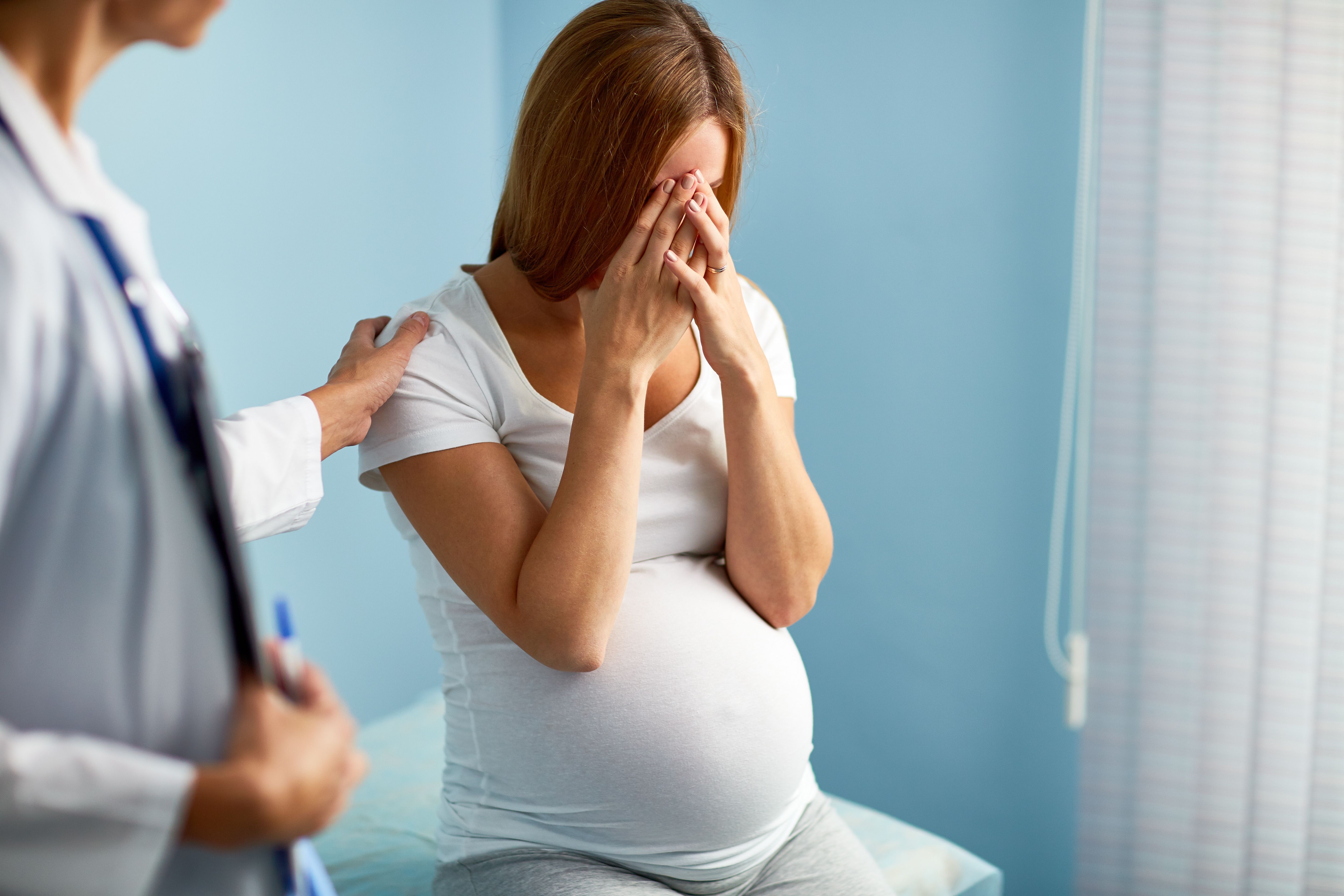How prevalent is suicide ideation among low-income women?
A recent study aimed to determine the prevalence of SI and the associated risk factors during pregnancy among a sample of women enrolled in WIC.
©pressmaster - stock.adobe_.com

Although suicide is the third leading cause of maternal mortality, very few assessments of depression and suicide ideation (SI) among low-income women have been made. A recent study in the Journal of Affective Disorders aimed to determine the prevalence of SI and risk factors associated with it during pregnancy among a sample of low-income pregnant women enrolled in the Women, Infants, and Children Special Supplemental Nutrition Program (WIC).
The cross-sectional study examined data from two clinics – one rural and one urban – that were included in an Illinois public health depression registry. The sample included 736 low-income women who were recruited into the study via a letter invitation sent to women enrolled in the database registry. As part of the clinic’s family case management program, women were screened for depression and SI once during pregnancy and at least once during the postpartum period.
The authors used the participants’ responses to item 10 (“The thought of harming myself has occurred to me”) on the Edinburgh Postnatal Depression Scale (EPDS) to identify participants with SI. Respondents who screened positive for SI answered “sometimes” or “quite often.” Maternal age was assessed during the intake visit through self-report and relevant demographic information was self-reported as well.
In the included sample, 34 of 736 (4.6%) WIC participants reported SI. A greater proportion of women with SI were maternal smokers compared to women who did not report SI (23.53% vs 11.40%, P = 0.03). In the unadjusted model, for every one-point increase in the EPDS score, the authors observed a 39% (OR 1.39, 95% CI 1.28-1.51) increase in the odds of reporting SI (P< 0.0001). In the fully adjusted analysis, when the authors held smoking status, education, income, and age constant, for every one-point increase in the EPDS score, odds of reporting SI increased by 43% (OR 1.43, 95% CI 1.30-1.57).
The authors believe that their findings indicate that most, though not all, women with SI report elevated depressive symptoms. Going forward, they suggest that mental health screening should be performed during routine clinic encounters and that collaborative care programs should be implemented to provide additional care for women who screen positive for SI.
Unlocking HPV prevention: Insights from 2022 data on vaccination trends
May 14th 2024Explore the latest findings revealing vaccination rates among children aged 9 to 17 years, uncovering demographic disparities and highlighting the crucial role of vaccination in combating human papillomavirus infections and related health risks.
Read More
Prenatal cannabis and nicotine use linked to adverse pregnancy outcomes
May 14th 2024A recent study highlights the heightened risks of maternal and neonatal morbidity and mortality associated with combined cannabis and nicotine use during pregnancy, urging further investigation into their impact on short- and long-term outcomes.
Read More
